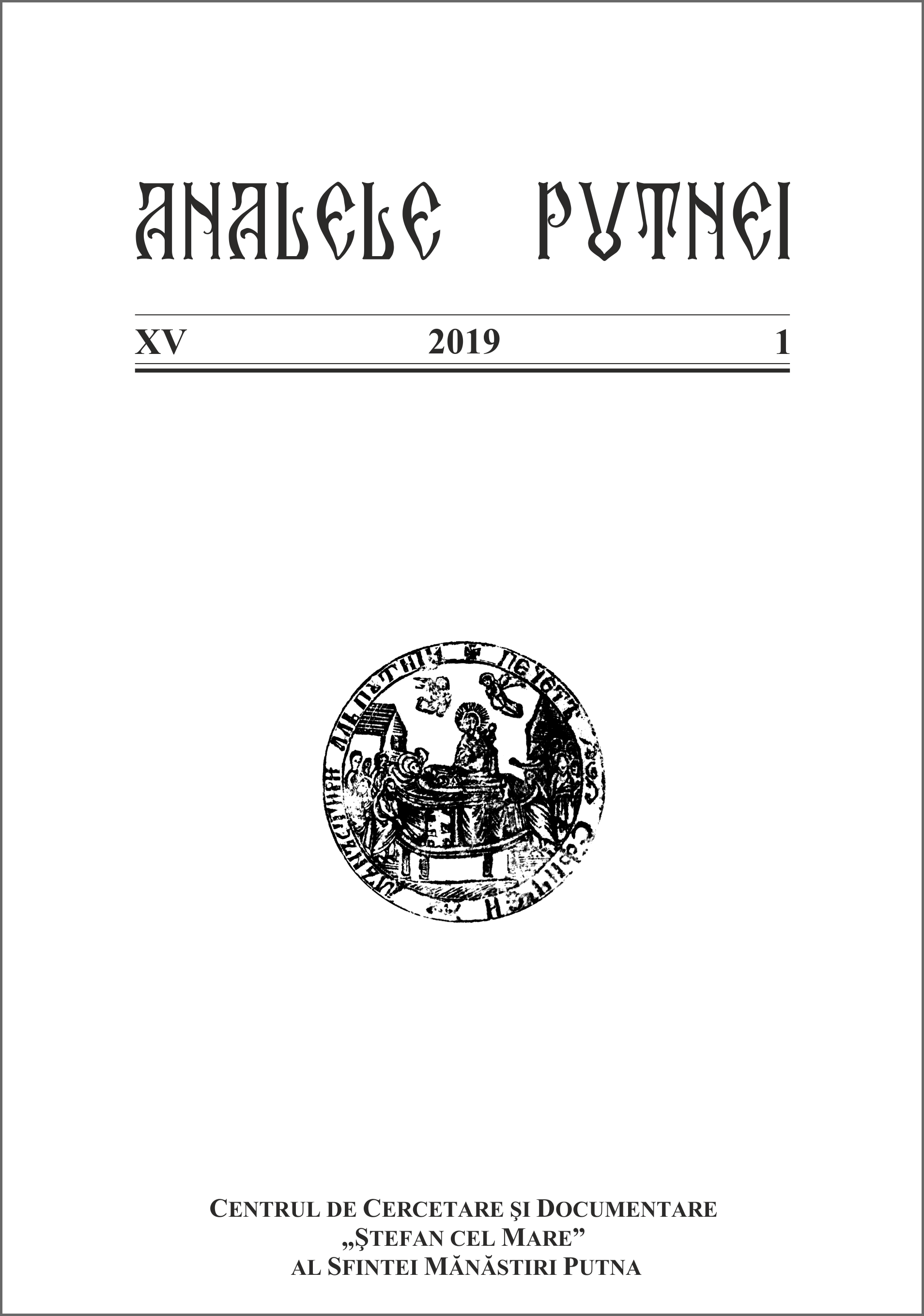Notă despre iconografii cu caracter trinitar în pictura murală din Moldova (sec. XV–XVI)
Remarks on Trinitarian Iconographies in the Mural Painting from Moldavia (15th–16th Centuries)
Author(s): Vlad BedrosSubject(s): Visual Arts, 15th Century, History of Art
Published by: Centrul de cercetare şi documentare ŞTEFAN CEL MARE
Keywords: Post-Byzantine art; Trinitarian iconography; Moldavia (15th–16th c.); Ohrid (15th c.); Russia (16th c.);
Summary/Abstract: Taking its cue from the presence of the Lamb of God in the Moldavian iconography, this paper analyses it alongside other iconographies from the late 15th century and the first half of the 16th century that bring together the Ancient of Days, Christ Pantokrator and the Hetoimasia. Pioneered in the area of Ochrid, at the beginning of the 15th century, these obvious Trinitarian arrangements assert the interest of the Moldavian milieu for representing the Trinity and its familiarization with profoundly theological imagery. To this interest there must also be added a hybrid iconography of Western influence, commonly labelled as The Neotestamentary Trinity (or, in recent scholarship, as the Synthronoi). Over the last decade its relationship with the Post-Byzantine art of Russia and of the Balkans was broadly addressed. These images might be evaluated as “visual polemical quotations,” a concept coined by Ágnes Kriza that refers to Western images adopted in Byzantine iconography with slight alterations, which underpin their apologetic function.
Journal: Analele Putnei
- Issue Year: 2019
- Issue No: 1
- Page Range: 149-166
- Page Count: 18
- Language: Romanian
- Content File-PDF

